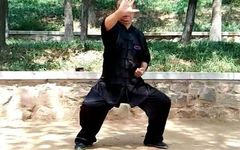
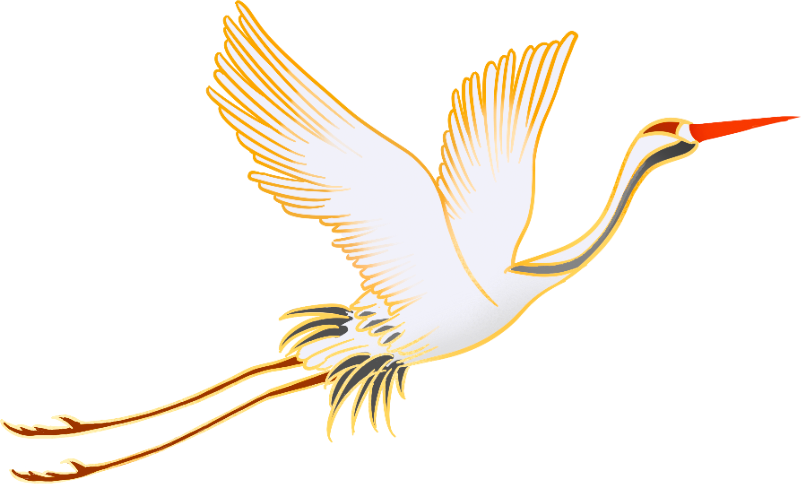
1. What is Daoyin?
Daoyin (导引术) is a health and fitness practice that combines breathing exercises, physical movements, and mental focus. It is an ancient method of physical fitness guided by intention, coordinated with breathing, and involves the circulation of Qi (气) from top to bottom or bottom to top, akin to modern Qigong (气功) or therapeutic exercises. It is also referred to as “Dao Yin” (道引) and is often practiced alongside breathing techniques, mindfulness, salivation, and self-massage, commonly known as medical health gymnastics. The physical movements are categorized as external Daoyin (外导引) and internal Qi circulation (内导引).
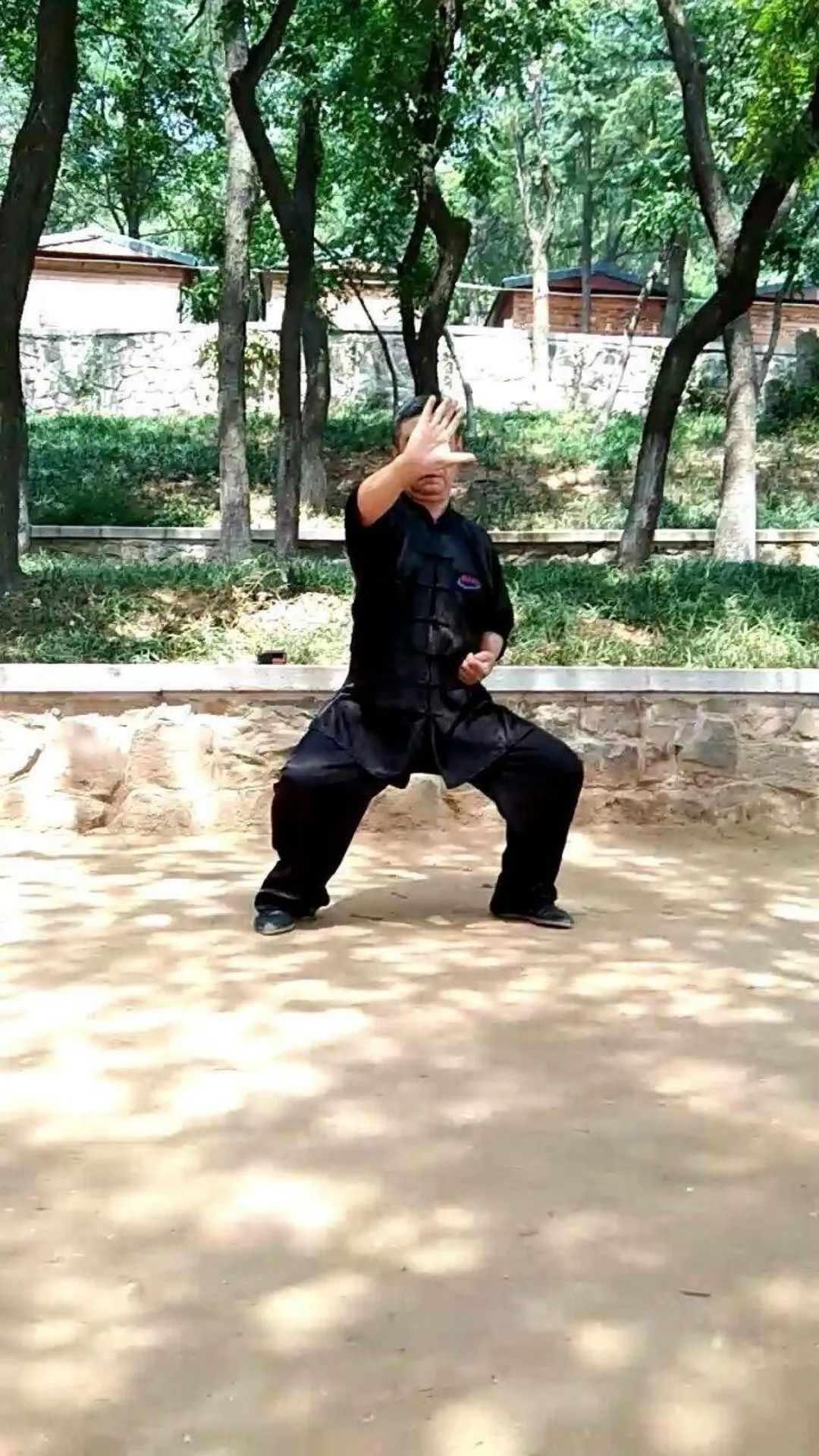
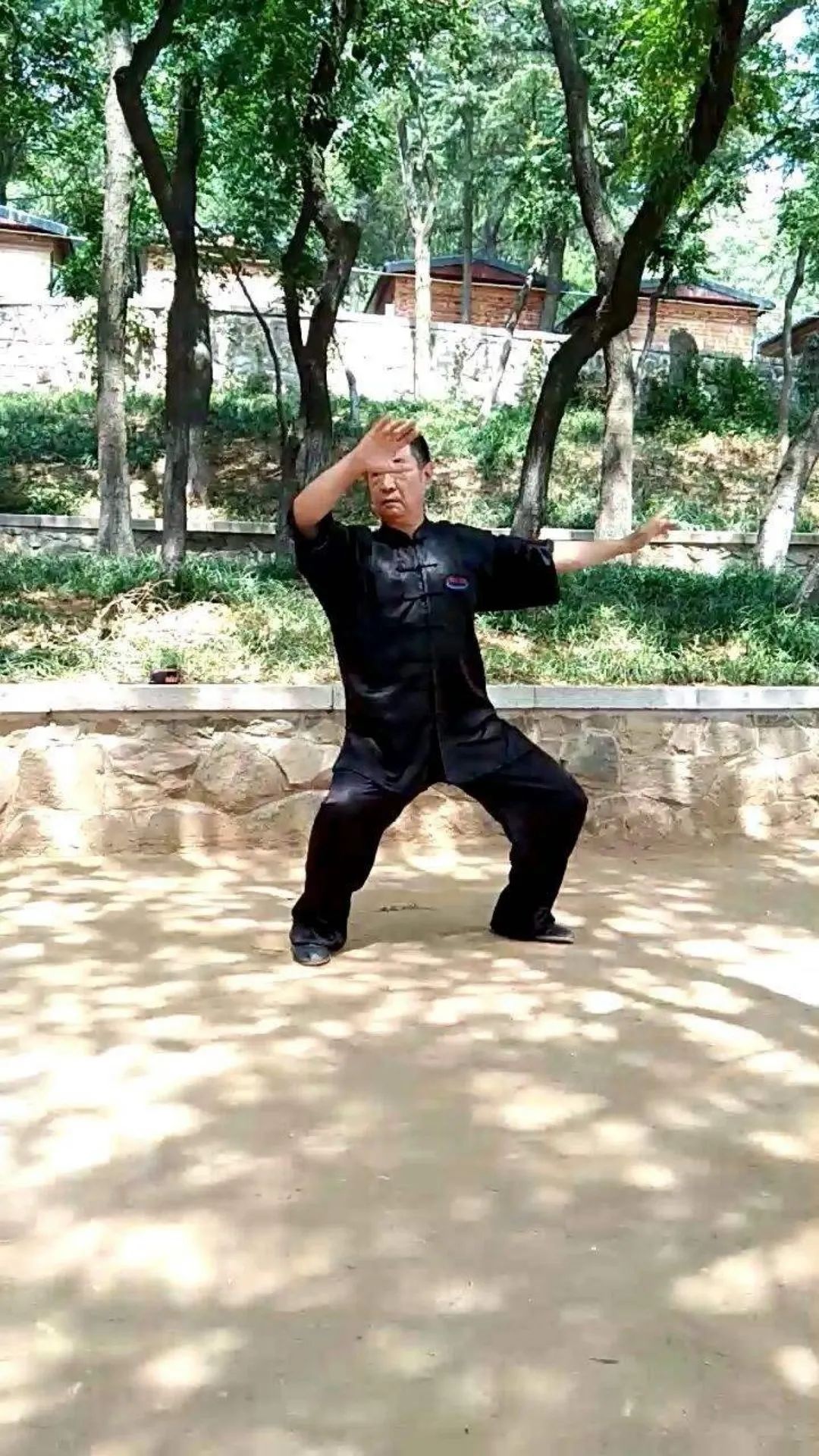
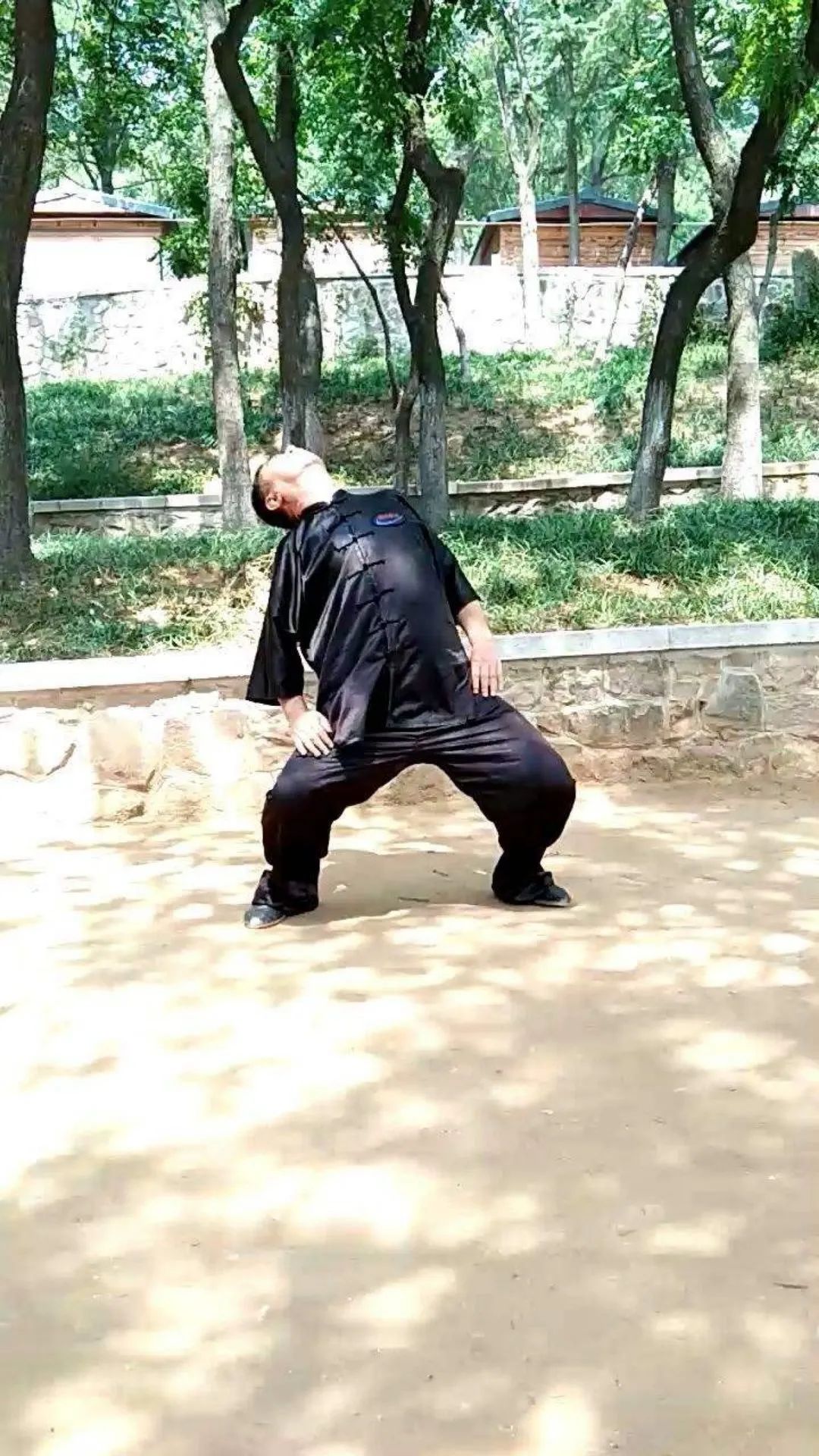


2. The Origins of Daoyin
Daoyin originated in ancient times and became popular during the Spring and Autumn and Warring States periods, being valued by both immortals and physicians of the time. It was later adopted by Daoism as one of the methods of cultivation, refining it to ensure that “Zhenqi” (真气) circulates along specific pathways and sequences. Daoism developed Daoyin as an important method for refining the body, believing it has the effects of regulating the defensive Qi (营卫), eliminating dampness, dispelling wind pathogens, nourishing blood and Qi, treating various diseases, and even prolonging life. The term “Daoyin” first appeared in the text “Zhuangzi: Ke Yi” (《庄子•刻意》), stating: “Breathing in and out, expelling the old and taking in the new, stretching like a bear and a bird, is for longevity; this is what Daoyin practitioners and those who cultivate their form, like Pengzu, cherish.” This passage indicates that the activities of breathing and stretching are fundamental to Daoyin, aimed at nurturing the body and promoting longevity.


3. The Discovery of Daoyin
The silk painting “Daoyin Tu” (《导引图》) unearthed from the Mawangdui Han tomb No. 3 in Changsha, Hunan in 1974 is an invaluable resource for understanding the development of Daoyin during the Han dynasty. The “Daoyin Tu” features 44 colored images of various figures performing different Daoyin techniques. Each image represents an independent Daoyin method, with simple text indicating their names. This painting reflects the diversity of Daoyin techniques at that time. In terms of functionality, some were used for healing, while others were for fitness. Regarding the forms of physical movement, there were standing, walking, and sitting Daoyin techniques, as well as those performed without equipment and those using tools, some coordinated with breathing and others purely physical. Additionally, there are many techniques imitating animal postures. Many basic movements seen in modern gymnastics can also be found in the “Daoyin Tu”, making it the earliest and most complete ancient gymnastics illustration discovered to date.



4. The Development of Daoyin
(1) The advancements in medicine during the Qin and Han dynasties directly promoted the development of Daoyin. At that time, there was a general understanding of the structure and function of various organs in the human body. The medical classic “Huangdi Neijing” (《黄帝内经》) from the Western Han dynasty states, “All muscles belong to the joints,” and “The chest and abdomen are the storage areas of the organs,” referring to human anatomy.
(2) During the Three Kingdoms period, the physician Hua Tuo summarized Daoyin techniques into five methods known as the “Five Animal Frolics” (五禽戏), which include Tiger Frolic, Deer Frolic, Bear Frolic, Monkey Frolic, and Bird Frolic. This comprehensively encapsulated the characteristics of Daoyin therapy and was simple to practice, promoting its use in healthcare and wellness.
(3) However, Hua Tuo’s Five Animal Frolics have been lost to history. Later, during the Southern Dynasties, Tao Hongjing recorded Hua Tuo’s “Five Animal Frolics” in his work “Yangxing Yanming Lu” (《养性延命录》), which imitated the movements of the tiger, bear, deer, monkey, and bird, creating a set of Daoyin routines. The “Taishang Laojun Yangsheng Jue” (《太上老君养生诀》) included in the Zheng Tong Dao Zang (《正统道藏》) also recorded this “Five Animal Frolics,” attributed to Hua Tuo teaching Wu Pu of Guangling. After the Sui dynasty, almost all famous physicians in the Tang, Song, Yuan, and Ming dynasties regarded medical Qigong as essential and gained considerable insights into it.
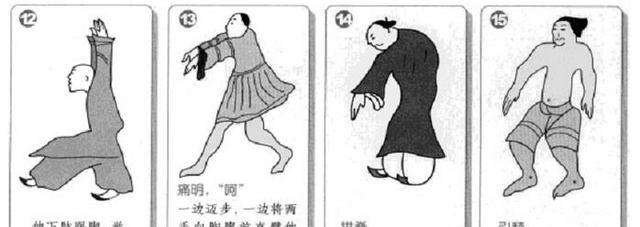


5. Common Daoyin Techniques
Five Animal Frolics
The transmission of the Five Animal Frolics has many interpretations and has been passed down for nearly two thousand years, developing into various schools while fundamentally preserving the ideas of Hua Tuo’s Five Animal Frolics. The Five Animal Frolics primarily focus on physical movements, supplemented by breathing techniques and mental focus, imitating the actions of the tiger, deer, bear, monkey, and bird, making it an effective method for health maintenance and disease prevention. By combining external movement with internal stillness, and balancing movement with stillness, the practice of the Five Animal Frolics can indeed promote the circulation of Qi and blood, strengthen the body, and prevent diseases while prolonging life.
Baduanjin
Baduanjin (八段锦) is a Daoyin practice focused on body regulation, created in the early Southern Song dynasty. It emphasizes the coordination of physical movements with breathing during practice. This method strengthens muscles and bones, nourishes Qi, invigorates blood circulation, and regulates the internal organs, with an appropriate amount of exercise that achieves fitness without fatigue. Modern research suggests that this practice can improve neural regulation, enhance blood circulation, provide gentle massage to the abdominal organs, stimulate the functions of various systems, correct abnormal bodily responses, and has therapeutic rehabilitation effects for many diseases.
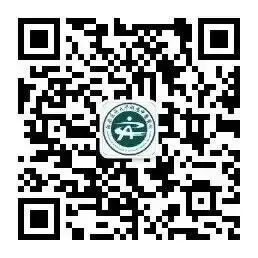
Scan to follow us
Editor: Liang Qunying (Sports Department)
Images: Internet
Reviewed by: Xiao Yu

